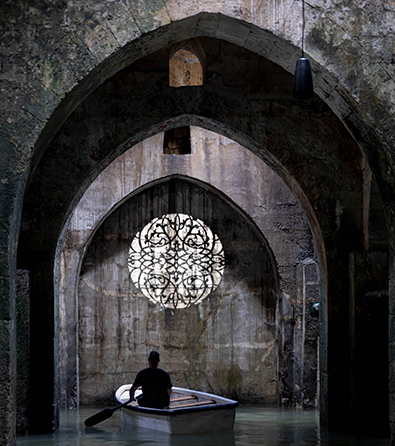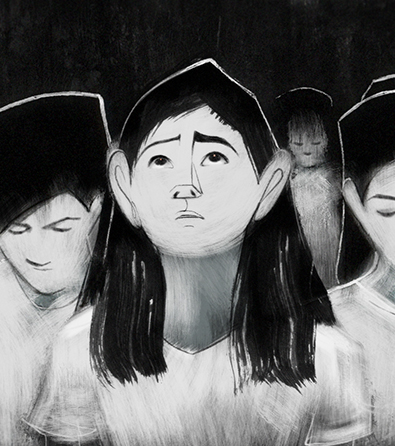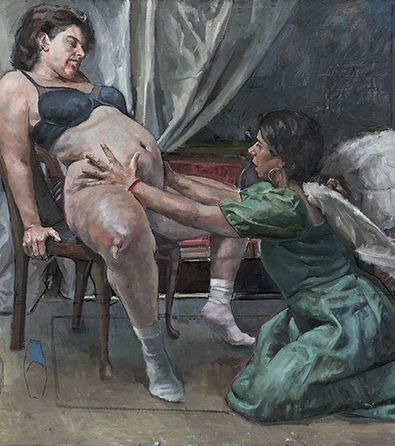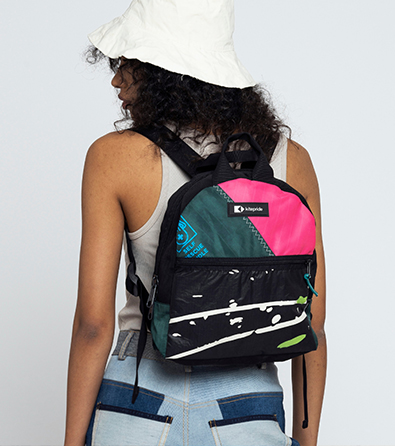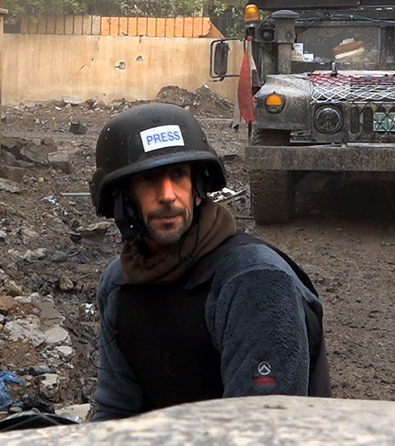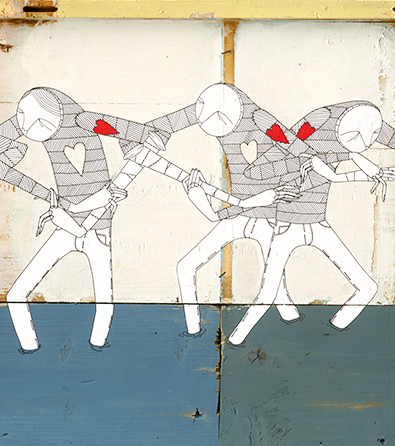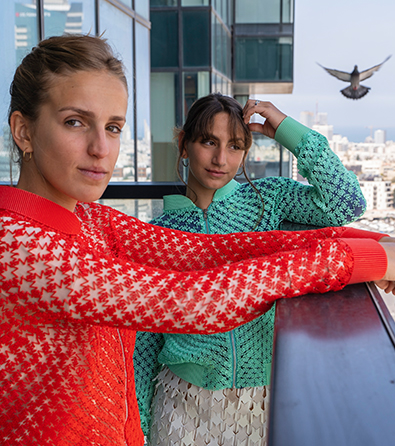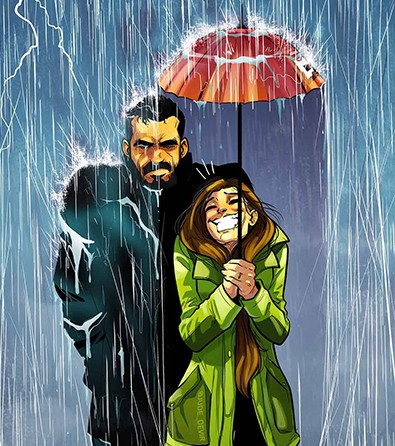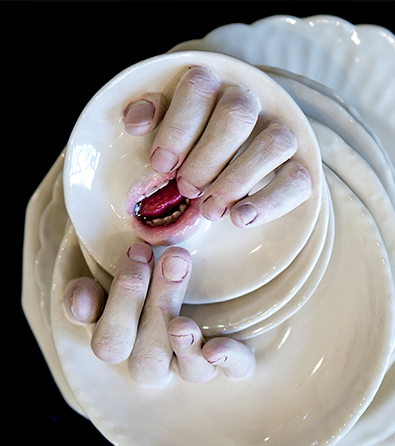The short film Studio Visit with Sala-Manca Group is available to watch at the top of the page.
* To watch this film, please approve YouTube/Vimeo cookies via the blue cookie icon at the bottom left of the screen.
Artists and curators Lea Mauas and Diego Rotman, the dynamic duo behind the Sala-Manca Group, have cultivated a unique space for artistic creation and research in Jerusalem. The Mamuta Center for Art and Research, based in the historic Hansen House, is their brainchild. This vibrant center includes artists’ workspaces, sound and video labs, a workshop for various materials, and an artist-in-residence apartment.
During the rehearsal process for the Dybbuk live performance and screening at the Hansen House, I had the opportunity to interview Mauas and Rotman. Their creative synergy with Adi Kaplan, Shachar Carmel, Ayu Rotman Mauas, Anne-Elizabeth, and the Jerusalem Street Orchestra, conducted by Ido Spitalnik, resulted in a remarkable performance. The event showcased a soundless screening of “Der Dybbuk,” a 1973 film presented in Yiddish.
“Der Dybbuk” is an evocative film that explores the story of a young bride possessed by a dybbuk, a restless and often malevolent spirit in Jewish folklore. The film revolves around a love that transcends the boundaries of life and death, a motif that resonates profoundly with the Yiddish cultural and religious milieu of the time. As the film projects on the screen, the performers concurrently create a live soundtrack consisting of music, dubbing, and sound effects on stage. This artistic reinterpretation is a form of “copy” or translation of the original film’s soundtrack, adding a unique contemporary dimension to it.
In the process, the dybbuk, traditionally seen as a hostile spirit that possesses the living in Jewish mythology, metamorphoses into a metaphorical representation of their innovative reinterpretation. This performance thus not only revives the narrative of the original film but also imbues it with a fresh layer of meaning, highlighting the transformative power of art.
In 2014, Mauas and Rotman, alongside Itamar Mendes-Flohr and Yeshaiahu Rabinovitz, embarked on the ambitious Eternal Sukkah project. They purchased an illegal shanty structure from the Jahalin Bedouin community on the Jerusalem-Jericho Road, which they transformed into a Jewish Sukkah. The choice of the Bedouin structure was deliberate, intended to underscore the Sukkah’s significance within the Israeli context and to create parallels with Jewish history and contemporary Israeli existence. This structure was reassembled during the Sukkot holidays at the Hansen House, thus translating the Bedouin reality into the heart of Jerusalem.
The Eternal Sukkah was later sold to the Israel Museum as an art piece at a price ten times its original cost, with half of the profits reverting to the Al-Korshan as a “copyright fee” for the design. The museum acquired the piece with plans to meticulously document and preserve the structure as a cultural artifact. The conservation and translation of this Sukkah serve as poignant symbols of Israeli ethnic politics.
Mauas and Rotman’s use of the translation principle continues to inspire critical reflection and interpretation. In the accompanying video, they delve into why they address the gap between an original work and its translation, further elaborating on their art philosophy.
The featured video Studio Visit with Sala-Manca Group is part of the web series Yotsrim by Shachaf Dekel. Yotsrim includes five seasons and 73 episodes. The series won the Best Documentary award at the NYC Web Fest in 2019.

